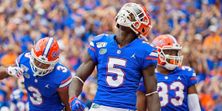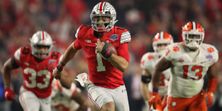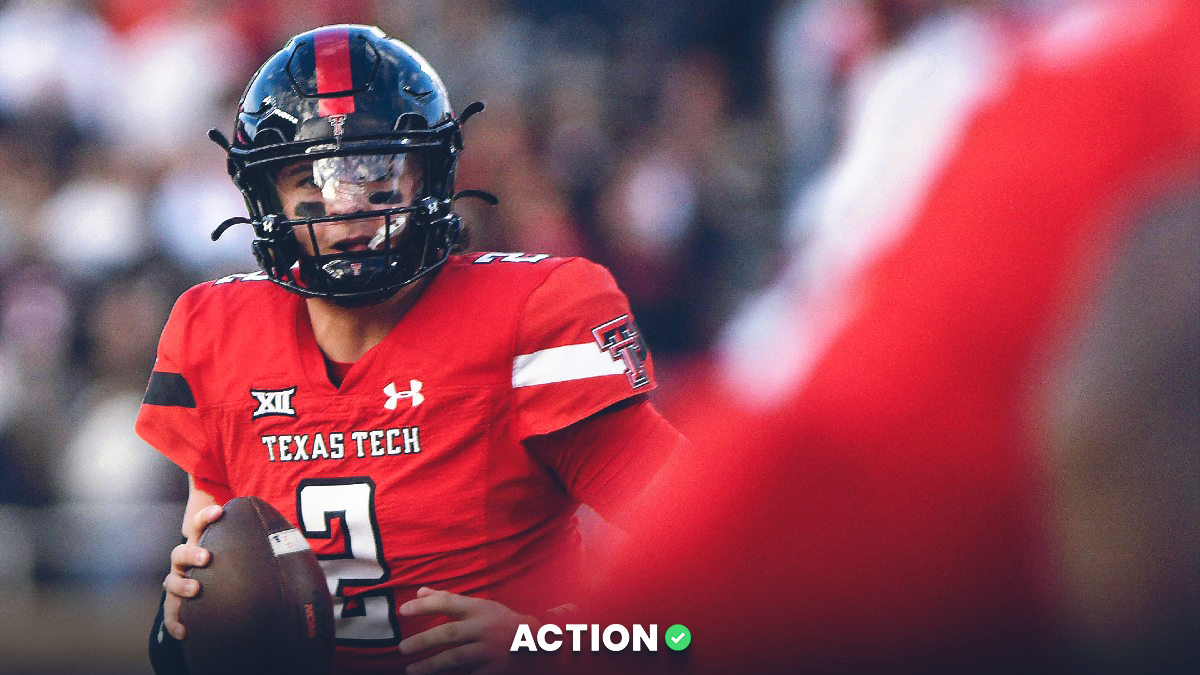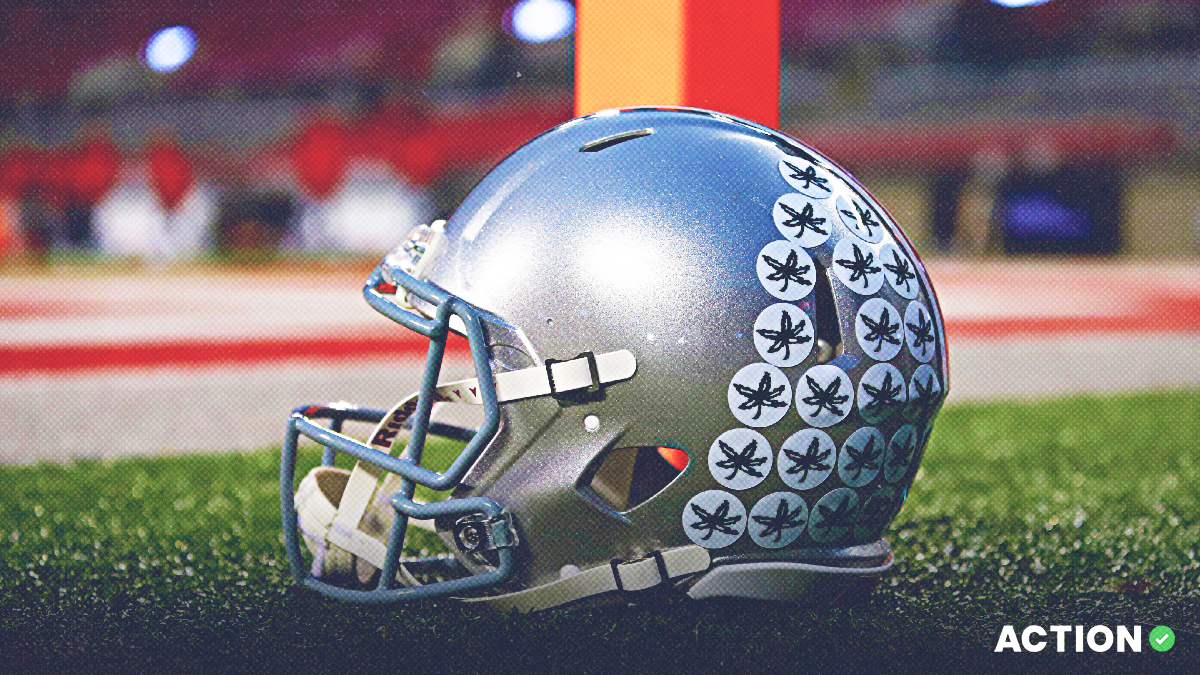Over the last decade or so, certain college football programs have been smitten by uptempo offense in a schematic arms race to see which team can snap the ball the quickest. This tempo obsession has taken hold of some programs, while others prefer a slower and more measured approach to executing the offense.
For years, Washington State was considered a lock for an over wager, because the Cougars' air raid passing attack was so fast compared to the median NCAA offensive tempo. But to illustrate just how far college football has come in the last decade, Washington State ran 73 plays per game in 2019 — and the Cougars did not rank among the nation's top 35 teams in pace.
The point is: Defensive coordinators have adjusted over the past five years to deal with uptempo offenses. So, tempo alone is insufficient cause to back a team or matchup to hit the over. Instead, the real determining factors for an over bet are offensive success rate, seconds per play and finishing drives.
Generally, if a team reports any or all of those metrics above the FBS average, it's a solid bet to eclipse the over. Take finishing drives, for example: In 2019, Navy converted a ridiculous 80% of its red-zone trips into touchdowns. The Midshipmen went over their implied point total in 10 of their 12 regular season games.
This article will focus on seconds per play and offensive success rate. Keep in mind that the 2020 season is young, and these statistical measures are typically not reliable until after four weeks of play. Finishing drives, defined as points per attempt past the 40-yard line, will be increasingly factored into game totals analysis as we get deeper into the 2020 season.
Don't forget to check out our updated College Football Power Ratings, and follow me in The Action Network App to see when I bet on games that have the biggest Havoc discrepancies.
Check out our new NCAAF PRO Report, where we highlight factors that provide betting edges — like large wagers, historically profitable betting systems, model projections and expert picks — that when combined with sharp money can powerfully detail the smartest bets on a given slate.
Week 4 Success Rate by Pace
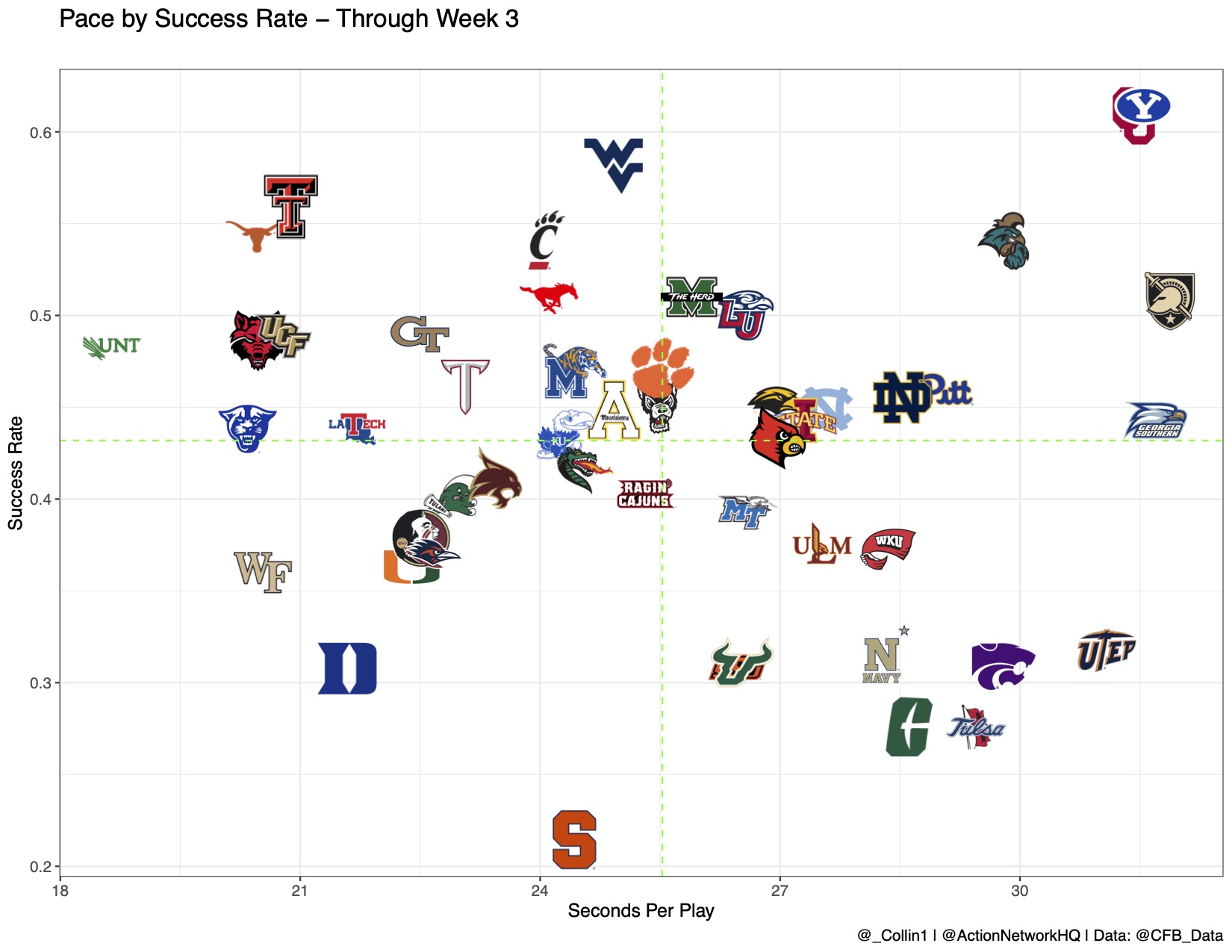
Team Notes on Total Wagers
- The Miami-Florida State over opened and immediately went higher. Both teams are running uptempo and having success moving the ball. The number may be tough to play with the Seminoles ranking in the bottom-five in finishing drives and missing head coach Mike Norvell (out, COVID-19).
- Syracuse is the bottom of the FBS in offensive success rate and ranks second-to-last in finishing drives. Georgia Tech has played at a much faster pace of play in 2020, but the Yellow Jackets still only rank 40th in offensive finishing drives on the season.
- Wake Forestled the nation in plays per game in 2019. The Demon Deacons have started off as one of the fastest offenses again in 2020 as they prepare to take on Notre Dame on Saturday. The Irish rank top-10 in offensive finishing drives in an early two-game sample set.
- Two of the slowest-paced offenses on the board are Kansas State and Oklahoma, who face one another this weekend in a revenge spot for the Sooners. Both teams average more than 28 seconds per play, but consider that Oklahoma's raw seconds per play average could be skewed by the tenor of its season-opening matchup. The Sooners didn't attempt any kind of offense during the second half against Missouri State.
Terms to Know
Postgame Win Expectancy is a calculation of all variables in a box score that dictate who would win the game if it was played a high number of times. Turnover luck, success rate and yards per play are notable components of this calculation and can influence a single game. But over a large sample, the team that moved the ball better would win more often than not.
There have been plenty of box scores in which a team wins as an underdog, but a negative value is applied to that team's power rating because the result was fluky rather than systematic.
Coach scheme changes can adjust a power rating quickly. For example, Oregon will undergo a change from Marcus Arroyo's conservative play-calling to new offensive coordinator Joe Moorhead's system. Moorhead's offense features a heavy dose of 11 personnel, west coast spread concepts and modern RPOs.
That offensive philosophy has led to more explosiveness and higher rates of success on standard downs at each of Moorhead's previous stops at Penn State and Mississippi State. In a situation like this, a power rating can be useful to quickly adjust a team's forecast for future games. In the case of Mike Leach, an adjustment of totals is coming with an increase in plays per game.
Success Rate and Explosiveness were first defined in Bill Connelly's Five Factors and are strong indicators for future box scores. While EPA (Expected Points Added) and IsoPPP (Isolated Points Per Play) can be highly variable from season to season, Success Rate is a stable data point for handicappers to use for projections.
Simply put, if a team consistently achieves the desired amount of yards — determined by down and distance — then this is a "play-on" team with your bankroll. Texas A&M ranked 17th in offensive success rate last season and returns 80% of its offensive production for 2020; that combination makes the Aggies a play-on team.
As Week 4 approaches, we'll be keeping track of all these variables in and out of the box score. Be sure to bookmark our power ratings for the latest update on all FBS and FCS teams playing this fall.




